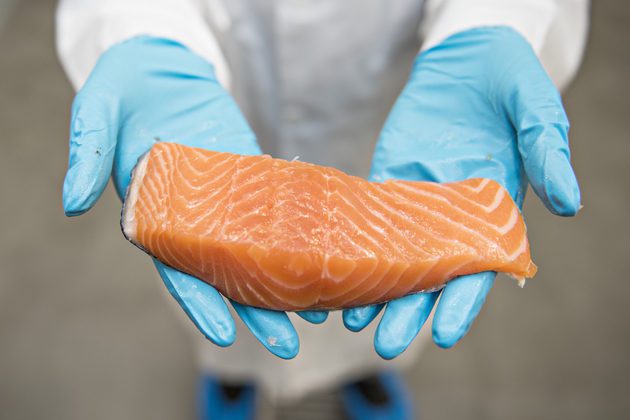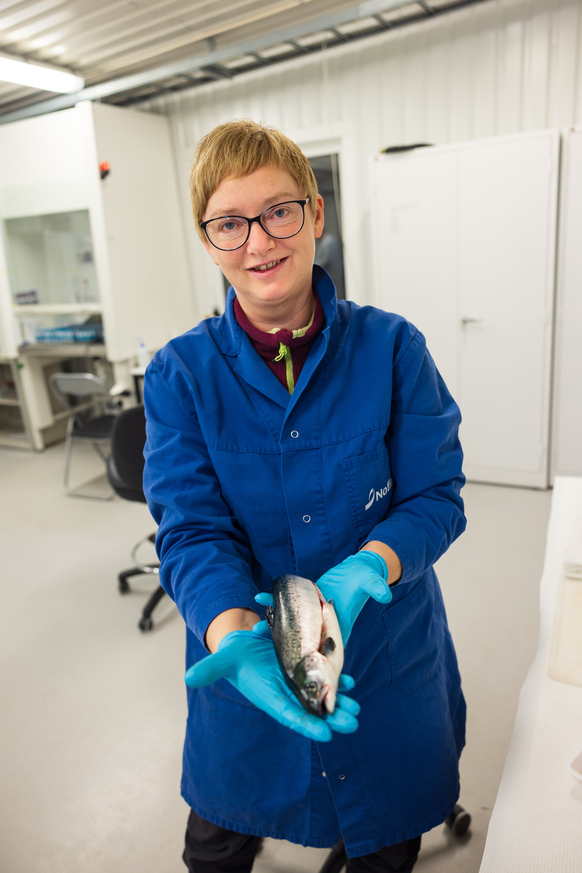Are salmon as pink as they used to be?

There is reason to believe that the colour of farmed salmon fillets has become paler during the past ten years. Is that true? And why? Nofima researchers are asking fish farmers these questions in a new research project.

The colour of salmon fillets is one of the most important quality criteria and paler salmon with paler colour are downgraded, resulting in financial losses for fish farmers.
“If we can find the main reasons for poor pigmentation in commercially produced salmon, the industry could work on production improvements in a more targeted manner,” says Trine Ytrestøyl, who is a senior researcher at Nofima.
There is not much documentation available about the extent and prevalence of poor pigmentation both geographically and timewise. This will be done about this during the “Knowledge Mapping Pigmentation” project, which will continue until 2024. It is being funded by the Norwegian Seafood Research Fund (FHF).
There could be many reasons
It is widely believed that the colour of Norwegian salmon fillets has deteriorated during the last ten years. At the same time as levels of the pigment astaxanthin in fillets has dropped, astaxanthin levels in salmon feed have increased during the sea growth phase.
“During the same time period that pigmentation problems have occurred, the composition of feed has been changed, there has been an increase in handling as a result of problems with salmon lice and larger juvenile fish are being produced in land based facilities compared to previously. All this can affect pigmentation, so it is important to obtain information about production conditions so that we can identify the possible causes of poor pigmentation,” explains Ytrestøyl.
Questionnaire and seminar invitation
In order to obtain details about the extent of the problem and developments in pigmentation, the researchers will be collecting data from commercial production facilities from as far back in time as possible and from different regions and countries.
Interviews and surveys conducted with industry could reveal both objective quality data and experiences. Armed with such information, the researchers will be able to identify causal relationships and recommend measures for improving pigmentation.
Nofima will also invite those concerned to attend several open seminars on pigmentation during the project period.
“We hope that this project will help to increase industry expertise about pigmentation and how different methods of measuring the colour of salmon fillets could provide different answers,” says Ytrestøyl.
Contact person
Files and Links
